agri consulting and projects
certified agricultural consultant
Organic compost is an excellent way to add nutrients to your soil without having to use synthetic fertilizers. Compost tea is a terrific method to get the most out of your garden compost. It is made by soaking garden compost in water for a period of time. This permits the water to extract nutrients from the compost that can then be used to fertilize your crops. Compost tea has lots of benefits for little farms, including enhanced crop yields and increased soil fertility.
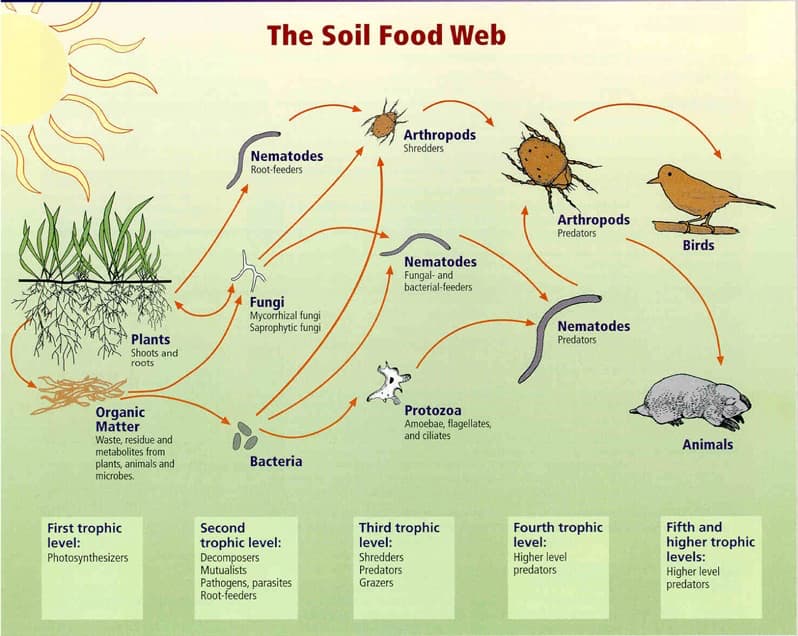
organic farming consultants
Small to medium sized farms and gardens can gain from producing their own compost by following these simple actions: Select a place for your garden compost bin or pile that is close to a water source and has great drain. Include a layer of natural products, such as leaves, yard clippings, and fruit and vegetable scraps. Add a layer of brown products, such as straw or wood chips, to assist with aeration. Over time, organic products will decay as bacteria, fungi and bacteria consume them.
farmland consultants
Composting can increase the soil's ability to hold water and nutrients, improve drainage, and motivate the development of helpful germs and fungis. It can likewise assist to reduce plant diseases and pests.
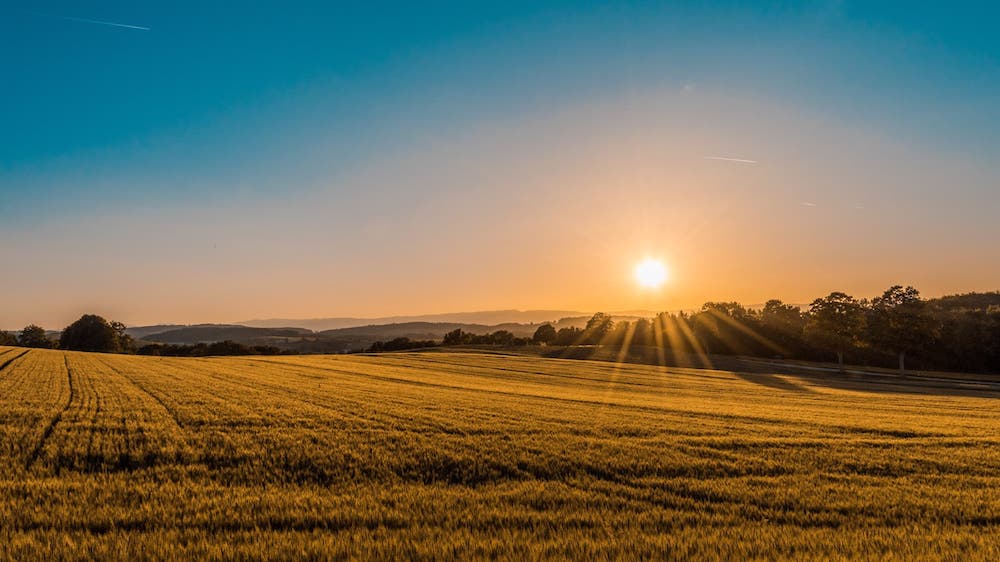
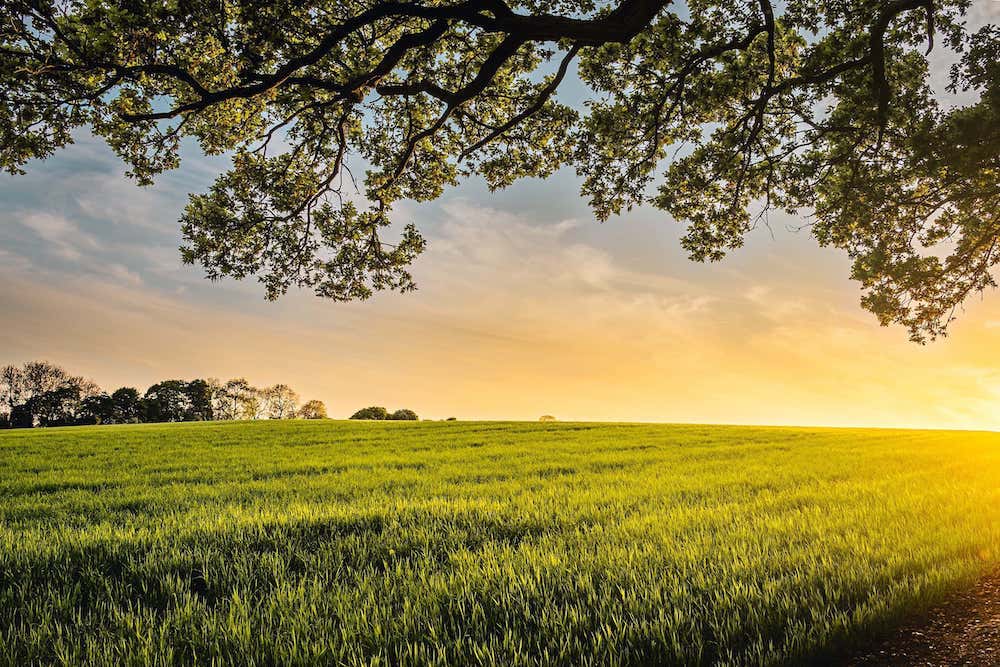
consultant for traditional farming
The key to success is guaranteeing that your compost pile has the best ratio of carbon to nitrogen. Carbon-rich products consist of dead leaves, straw, and wood chips. Nitrogen-rich materials include fresh lawn clippings, manure, and food scraps. A great ratio to go for is 30:1 carbon to nitrogen.
cc agricultural consultants
To make garden compost, you will need a compost bin or stack, organic matter, and water. You can buy a garden compost bin or develop one yourself. Make sure it is at least if you are constructing your own bin
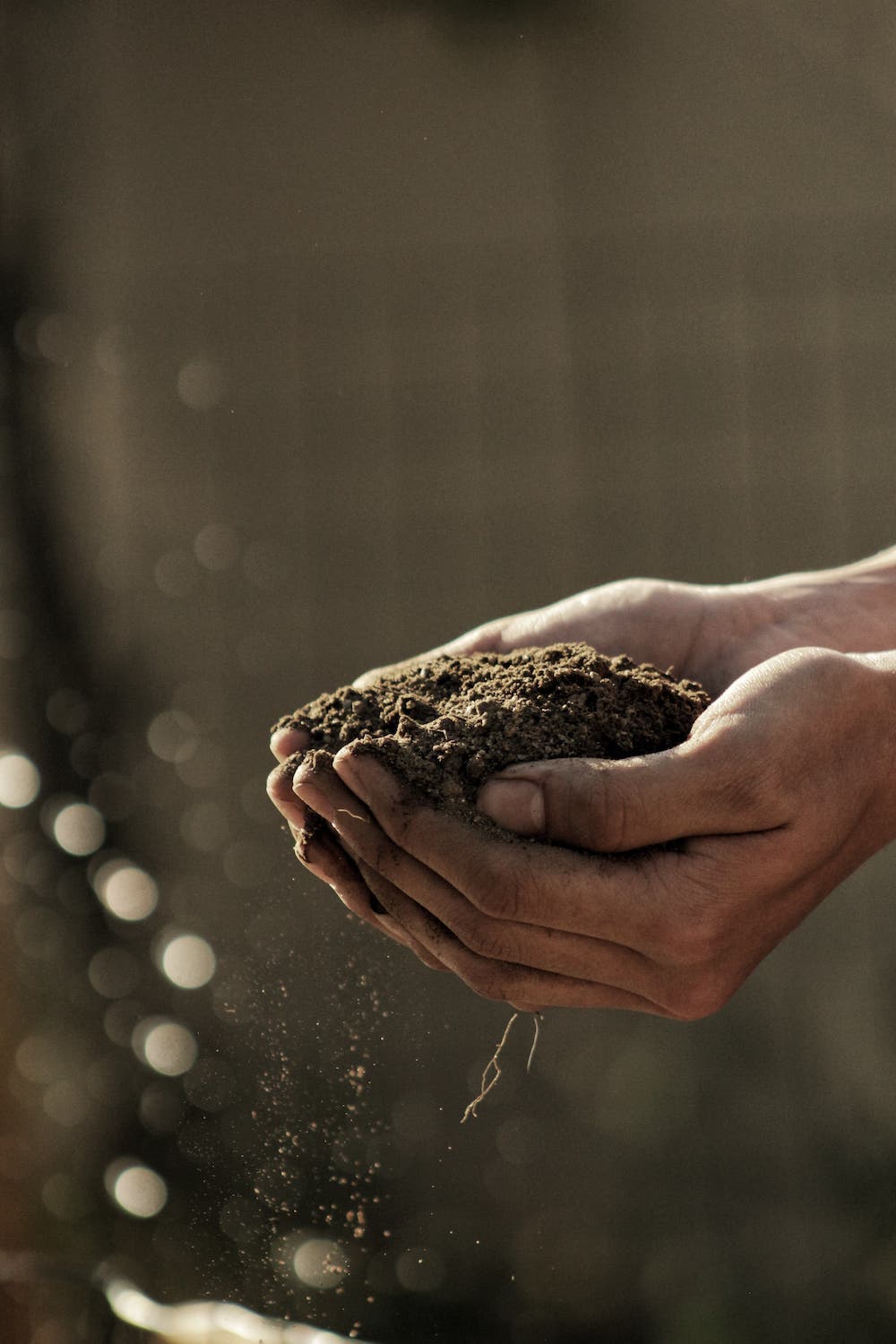
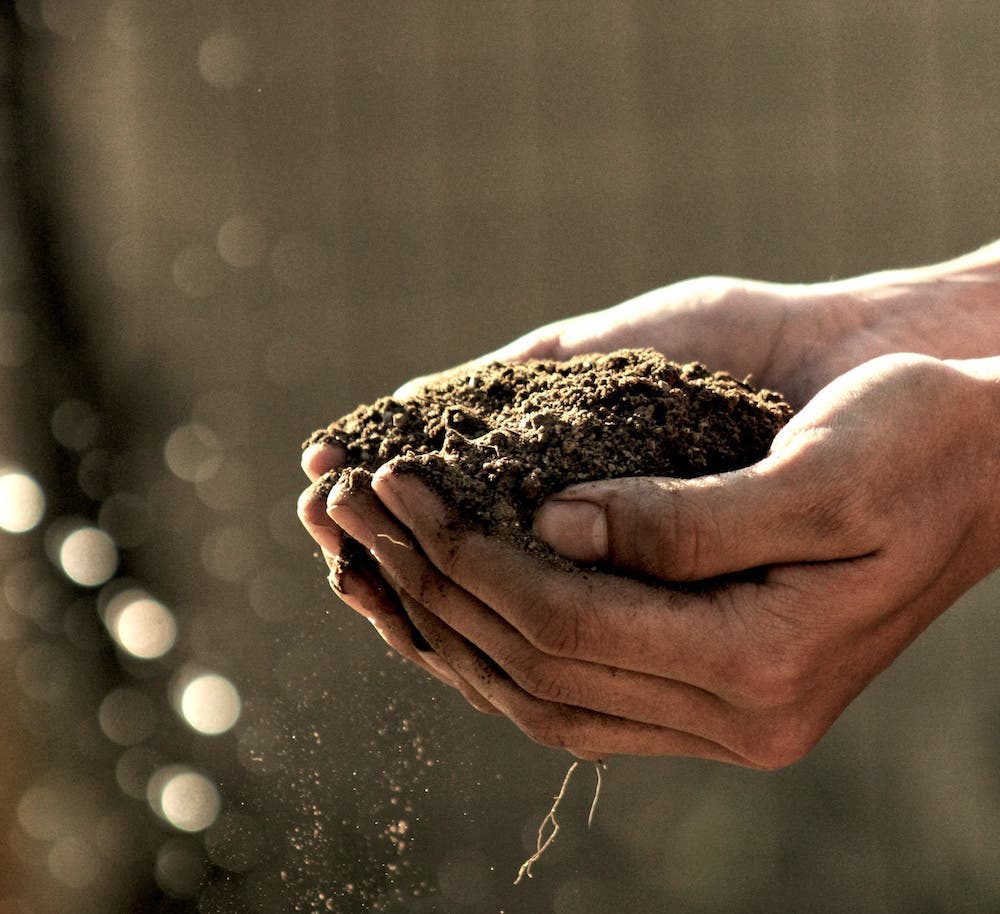
agric consultant
Organic composting is a process of decaying organic matter, such as food scraps and backyard waste, into a nutrient-rich soil modification. Composting is a simple and efficient method to lower waste, enhance soil health, and promote plant growth.
traditional farming consultant
Garden compost tea is an excellent way to fertilize crops produced by small farms. The tea contains nutrients that can assist the plants grow, and it also assists to aerate the soil. Compost tea is likewise understood to improve the taste of fruits and vegetables.
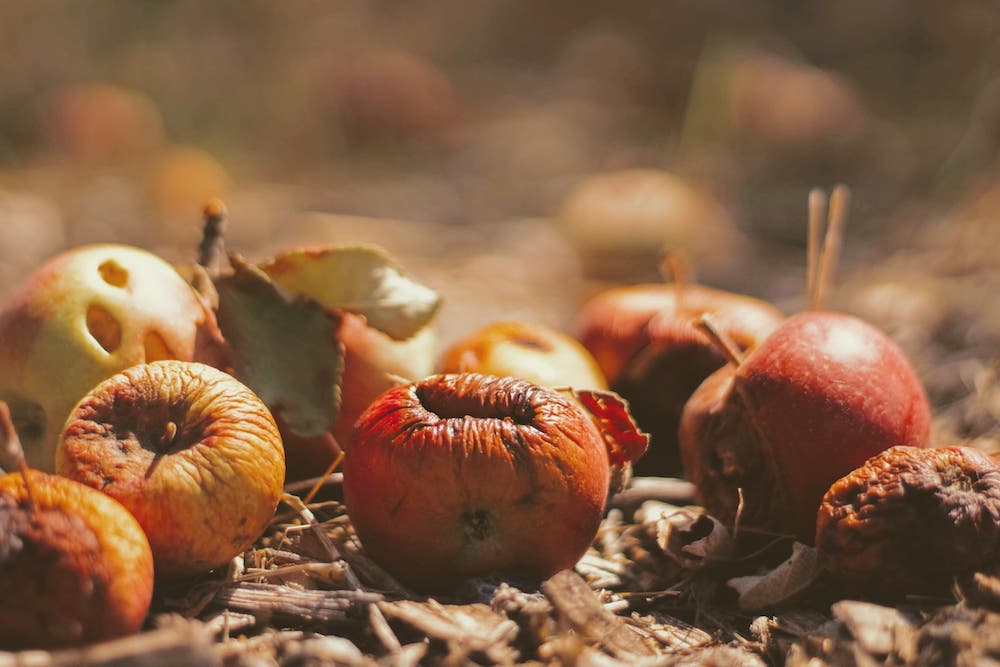
How to Make a Garden Compost Bin
If you are wondering how to begin a garden compost bin, do not worry. Compost bins for cooking area usage are easier than ever previously. Here are some easy actions that you can follow to get your very first bin going. Just keep in mind to keep the contents of your bin out of reach of wild animals. After you have a bin, you can include food scraps to it every few weeks or two. If you prepare to compost large amounts of food, you should purchase a large container.
To speed up the procedure, chop larger pieces into smaller sized pieces and spray them in the bin with the other materials. Don't pile yard waste in thick layers, as this will lower aeration and slow down the procedure. While composting is an environmentally friendly procedure, keep in mind that it may take up to a year to turn the stack entirely.
When developing a compost pile, make sure to stir all the products before putting them in. Ideally, the garden compost stack will be three to 4 feet high. When the bin is full, it must be covered gently with water, so as not to avoid the worms from thriving.
If you are wondering how to start a garden compost bin, don't stress. Compost bins for kitchen use are easier than ever previously. To speed up the procedure, slice larger pieces into smaller pieces and sprinkle them in the bin with the other products.
How to Develop a Compost Bin
One method to produce your own raw material is to make a compost heap. These compost piles are made up of rotating layers of brown and green materials. The ratio of green product to brown should be 3 parts to one part. Food scraps should be buried underneath the browns to dissuade flies. The pile will become the consistency of a wrung-out sponge. The stack will warm up as the decomposition process starts. You can monitor its temperature with a thermometer. The temperature should be between 110 and 160 degrees Fahrenheit.
The garden compost pile need to be somewhat moist, simply like a wet sponge. After the compost pile is formed, you can include brand-new materials to it. If you 'd prefer to turn your compost pile routinely, you can purchase a compost tumbler, which makes it easy to mix and aerate your heap.
The ideal location for your garden compost stack is a shady, dry location away from your house. If you live in a location where it rains, do not position your compost under eaves.
One way to create your own natural matter is to make a garden compost stack. These compost stacks are made up of alternating layers of green and brown materials. If you 'd prefer to turn your garden compost stack regularly, you can buy a garden compost tumbler, which makes it simple to blend and aerate your load.
The ideal location for your garden compost stack is a dubious, dry area away from your home.
How to Start a Compost Bin
To start a compost pile, you will need some moist components such as vegetable peelings, fruits, tea bags, and turf clippings. You can likewise add meat, poultry, and fish - simply keep in mind not to put the whole chicken or fish! - and make certain to add enough water to keep the stack moist. You can likewise consist of other fast-breaking organics such as cardboard egg boxes and scrunched up paper.
When it comes to composing your garden compost stack, you ought to integrate green and brown materials. Mix two parts of green products with one part of brown. You can also mix some dry products, such as manure, into the stack.
The stack should feel wet however not soaked. It's also important to aerate it every couple of weeks. Aeration likewise assists the compost stack keep the heat in while avoiding the loss of nutrients in rain.
While you're blending the components, you should likewise leave an area fallow. This area is required for the compost heap to keep the soil moist and avoid it from drying out. After including the products, turn the stack regularly to integrate the bottom layer. Ideally, you need to turn the pile once or twice a week. Diggs recommends turning your stack every 7 to ten days. Consider consulting a professional to help you if you're not sure whether to turn your stack.
To start a compost pile, you will require some damp active ingredients such as vegetable peelings, fruits, tea bags, and yard clippings. When it comes to composing your compost stack, you should integrate brown and green materials. You can likewise mix some dry products, such as manure, into the stack.
Aeration also helps the compost stack keep the heat in while preventing the loss of nutrients in rain.